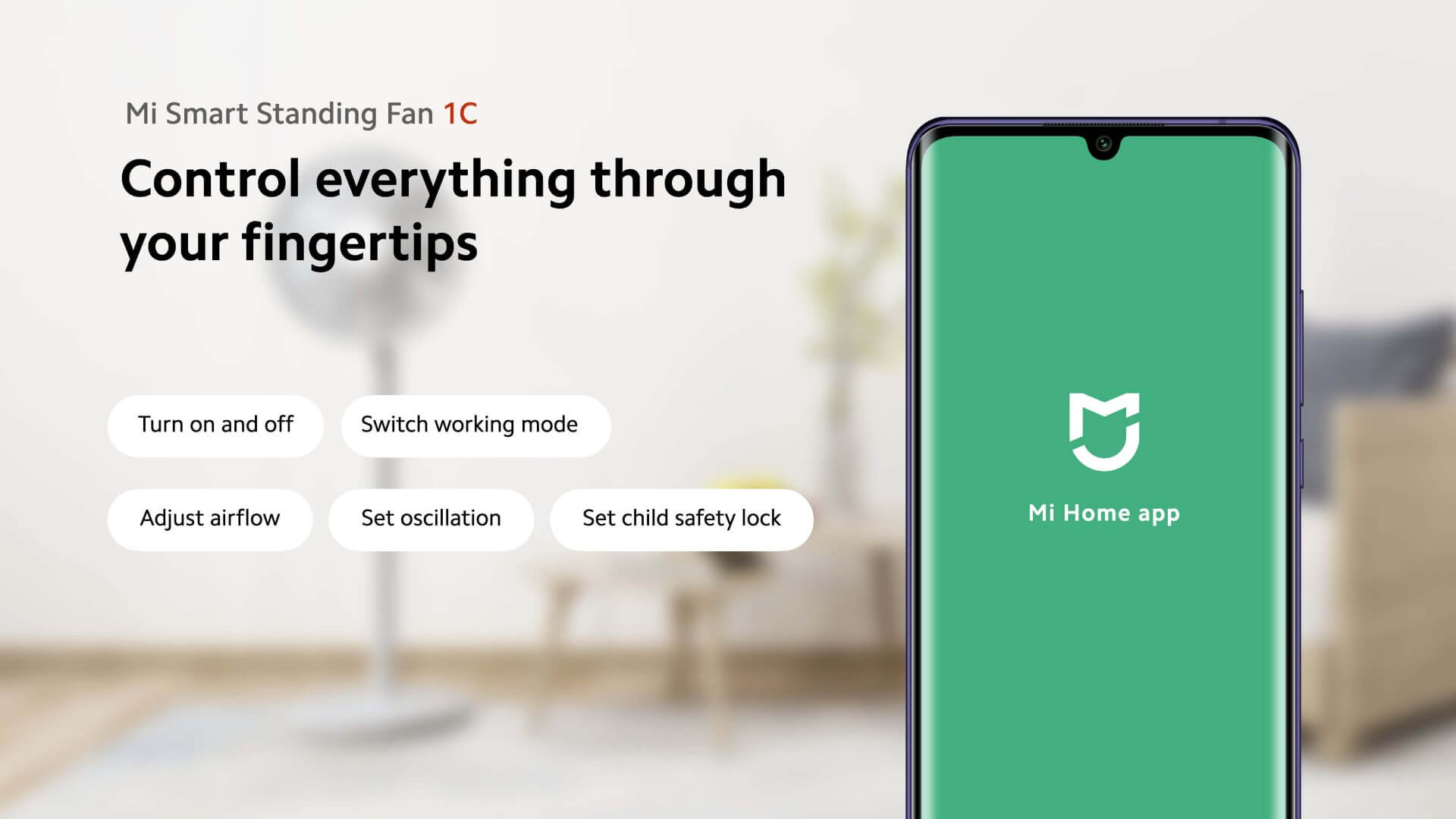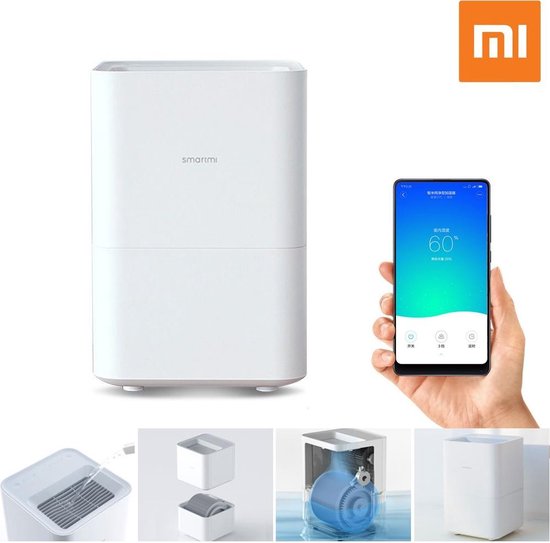Xiaomi Home App
Related: Mi Smart Security Camera App for Windows – Updated 2020 With Region Selection. It only remains for Xiaomi to open the range of compatible cameras and edit this amazing piece of software by adding at least English. This would solve one of the most requested requests by users of Mi Security Camera. About HomeKit and Smart Home, Apple was trying to create a very brainwashing ecosystem as early as iOS 8. However, after opening the Apple Store, you will find that mose Xiaomi smart devices Apple don't offers. Well, there are two ways that you can connect HomeKit and Xiaomi Smart Kit with an old computer or an Android phone.
1 M
- Mar 30, 2021 Until the app developer has fixed the problem, try using an older version of the app. If you need a rollback of Mi Home, check out the app's version history on Uptodown. It includes all the file versions available to download off Uptodown for that app. Download rollbacks of Mi Home for Android.
- How to connect Xiaomi Scooter with Mi Home App. Go to “Profile” – on the bottom right. Enter “Settings”. Don’t forget to press “save”. How to connect Xiaomi Scooter with Mi Home App. If it doesn’t work with your first try, switch to another region and then back to China! Don’t forget to.
Manage your Xiaomi devices from your smartphone
Older versions of Mi Home
It's not uncommon for the latest version of an app to cause problems when installed on older smartphones. Sometimes newer versions of apps may not work with your device due to system incompatibilities. Until the app developer has fixed the problem, try using an older version of the app. If you need a rollback of Mi Home, check out the app's version history on Uptodown. It includes all the file versions available to download off Uptodown for that app. Download rollbacks of Mi Home for Android. Any version of Mi Home distributed on Uptodown is completely virus-free and free to download at no cost.6.4.701 Apr 25th, 2021
6.3.702 Mar 30th, 2021
6.3.700 Mar 29th, 2021
6.3.501 Mar 7th, 2021
6.3.700 Mar 24th, 2021
6.2.702 Mar 6th, 2021
6.2.602 Feb 27th, 2021
6.1.700 Jan 28th, 2021
6.1.602 Jan 25th, 2021
6.0.214 Apr 12th, 2021
See moreProduct code: ZNDMWG03LMSpecifications:
ZigBee (2.0 and 3.0),2.4GHz Wi-Fi (802.11b/g/n) MiMo 2 x 2
 Bluetooth (5.0 and Mesh)
Bluetooth (5.0 and Mesh)Compatible with Apple Homekit
Max range: 200 meters (Line-of-Sight)
Up to 32 devices
Power Supply 5V/1A
Dimensions 90x25mm
Temperature Range -5℃-50℃
Humidity – 0%-95%RH, non-condensing
Xiaomi came out with a new smart gateway hub for their smart home ecosystem. The hub lets you connect all kinds of sensors, switches, lights and other devices from Xiaomi to their app so that can control them.
This is the third dedicated smart gateway so it is interesting to compare it to the predecessor: DGNWG02LM.

Certifications
This time Mijia (Lumi) jumped through a lot of hoops to get certifications which can be found on their packaging: Certified Wifi, Bluetooth, Zigbee Aliance, and 'works with homekit'.
Bluetooth with mesh
The hub acts as a Bluetooth hub and a Bluetooth mesh hub. This is a step up in comparison with the Cleargrass Bluetooth gateway, which only support the plain flavor Bluetooth. I was able to connect to the Yeelight mesh downlight (YLSD01YL) and able to dim the light and set the color temperature which was not possible with the Cleargrass gateway. It can also find the other Bluetooth devices added to the Mi home account like the Mi flora seen below if it is within range.Light
The new gateway has just a single led light for status feedback. The other gateway has RGB leds all around which could serve as a night light and also give you visual feedback.Speaker
The new gateway does not have a speaker, but just a beeper which can be annoying. I say this because it is loud and you are not able to control the volume (through the software that is). Adding new devices to the gateway results in a loud beep. Compared to the other gateway which has a decent speaker which enables voice feedback, doorbell feature, custom sounds, and even internet radio if you are into Chinese music.
Compared to the other gateway which has a decent speaker which enables voice feedback, doorbell feature, custom sounds, and even internet radio if you are into Chinese music.
Zigbee
It now supports Zigbee 3.0 (certified), which is backwards compatible with Zigbee 2.0 so you can connect the older Zigbee devices to it too. It states that you can connect up to 32 devices, but some state 64. I am not sure what the maximum is and I don't have 32+ devices to connect them to the hub so I have not checked (...yet). It might be that you can connect more 3.0 devices to it and less 2.0 which can explain the different reports.Power supply
The gateway comes with an external usb power supply (MDY-08-ET) and a 85 cm usb cable. The power to the hub is now supplied through a micro USB port which states 5V, 1A. This means you are not bound directly to a socket and thus so blocking sockets next to it like the older version. To me this is an improvement because I was not able to find a good spot for the older hub and ended up connecting it to an extension cord. If the power supply does not fit your socket or the cable is not long enough then it can be replaced by any other 1A capable usb power supply and/or cable that you might have lying around.
Adding devices
You can see the hub in the Mi Home 'devices' screen. Tap it and go to 'child device'. Here you can see the devices that are currently connected and add new devices. The list will grow with the supported devices with new firmware or app updates. There are quite a few missing compared to the older Mi control hub, but it is still possible to connect to them. I guess it means that they are just not officially supported yet.Currently compatible devices are:
[a lot]
But I saw that with an update more devices are supported, so the list will keep growing. For now I connected it to the China mainland server which supports way more devices than the Europe server.
Connecting it to Home assistant
With the Mi home hub v2 it was possible to enable the 'wireless communication protocol' for the hub in the Mi home app and then and read the sensor data in Home assistant. This setting is not visible for the new Mi Smart Home Hub. This setting is no longer really relevant because of the Homekit support. Home Assistant should pick up the hub and add the connected devices.